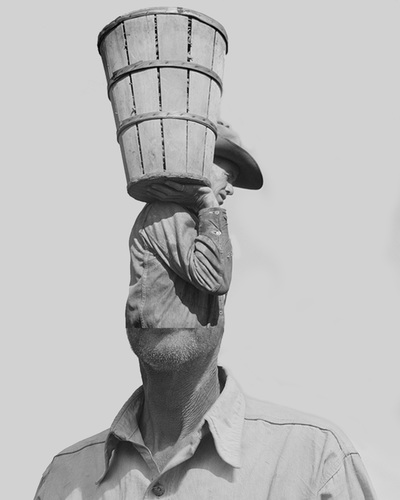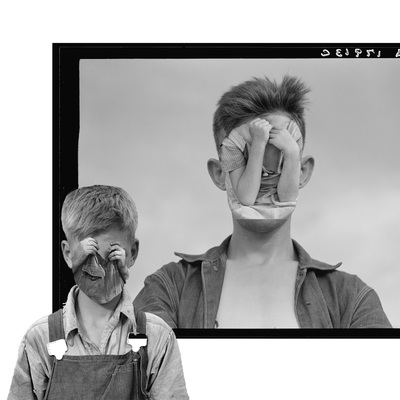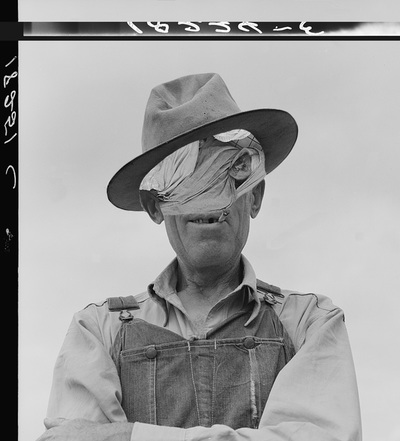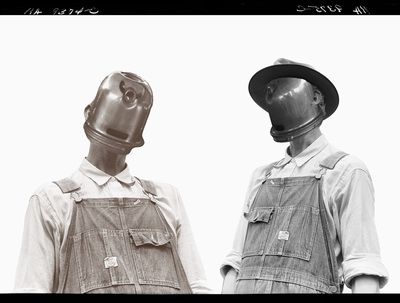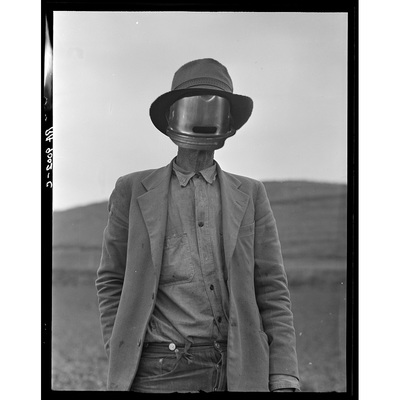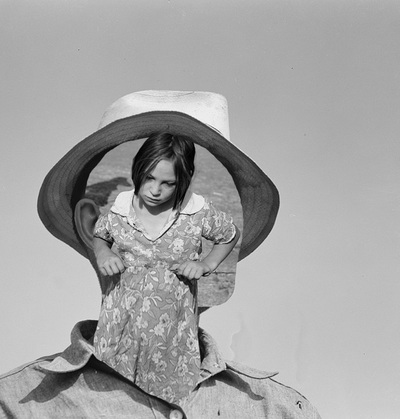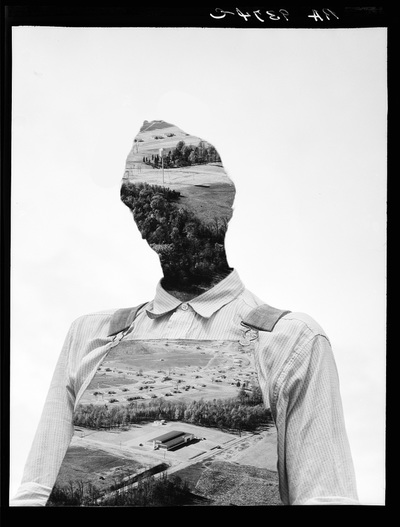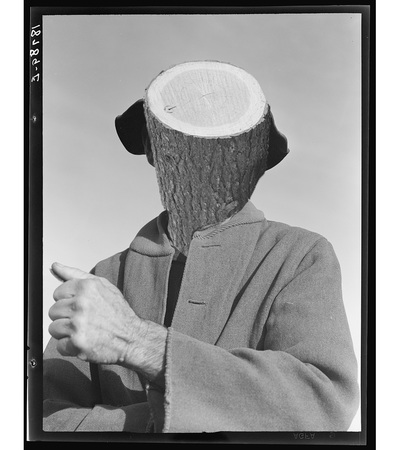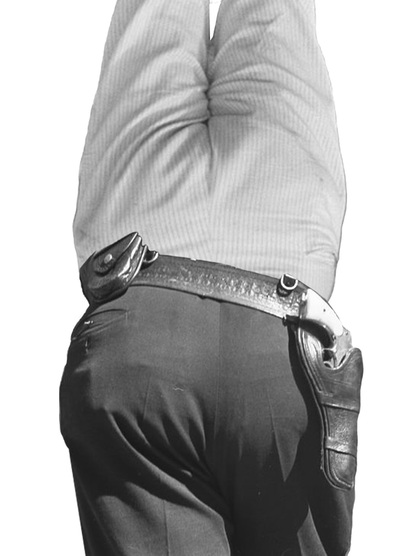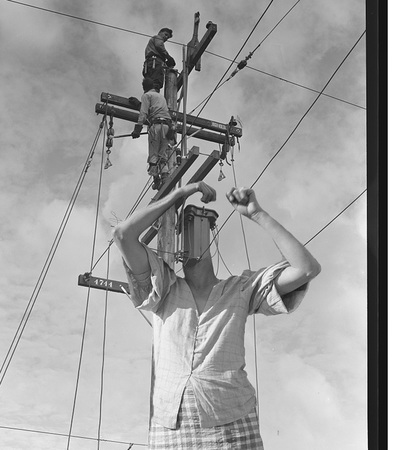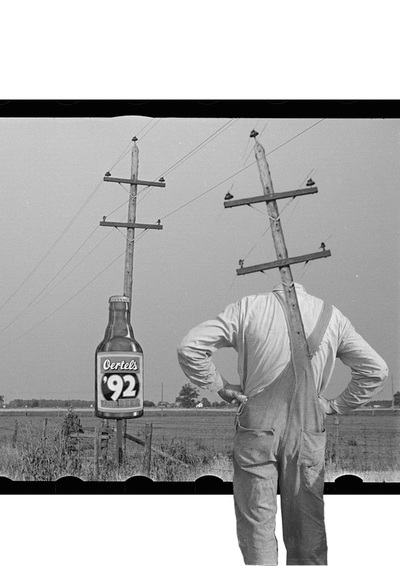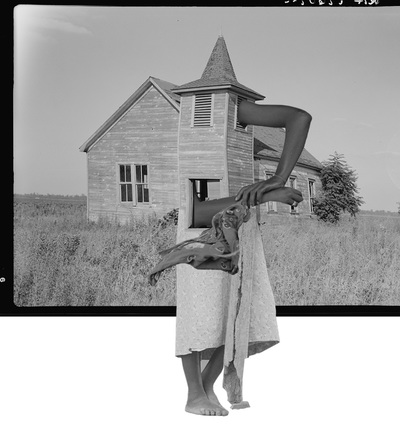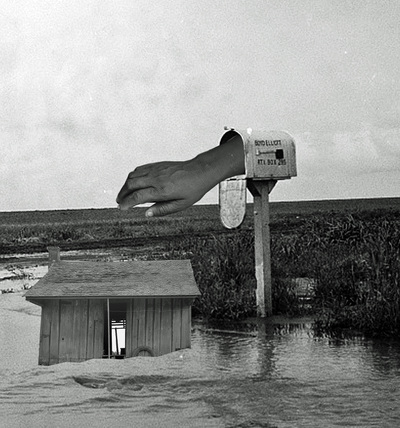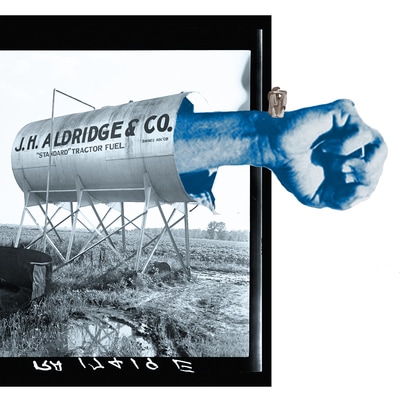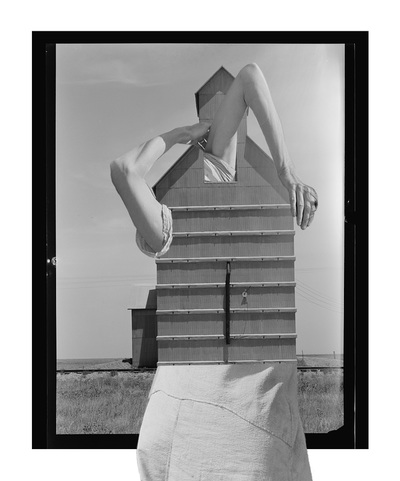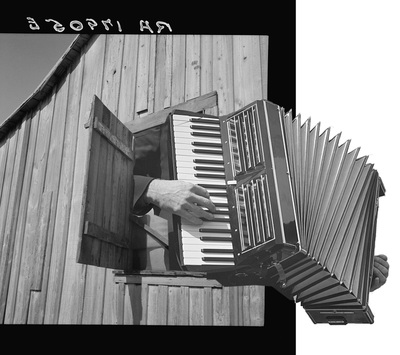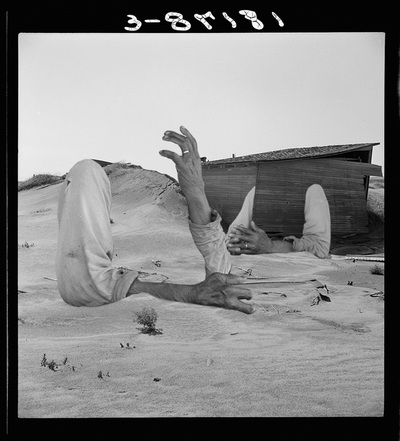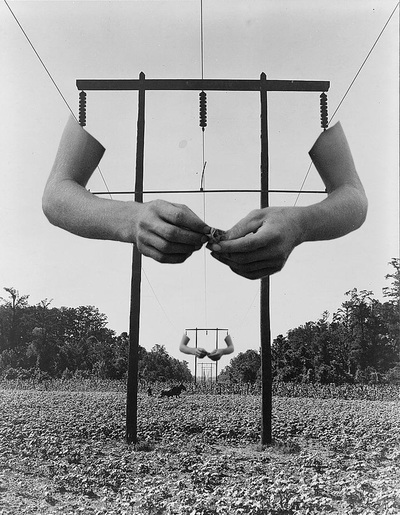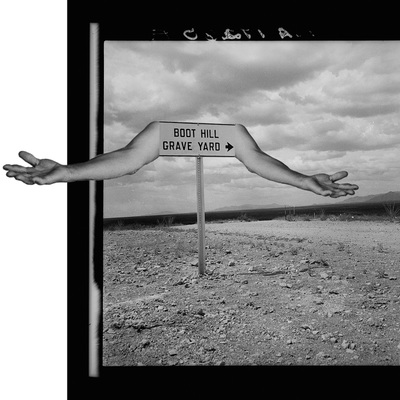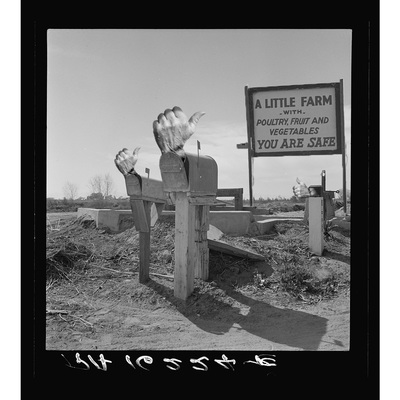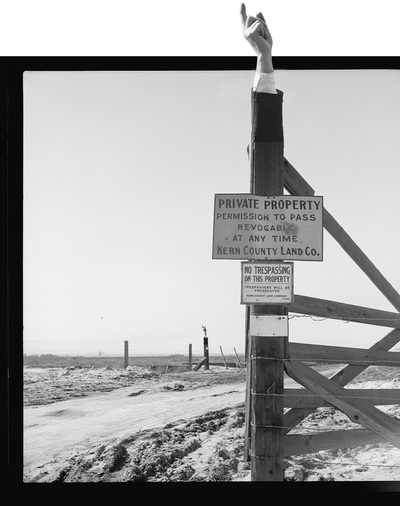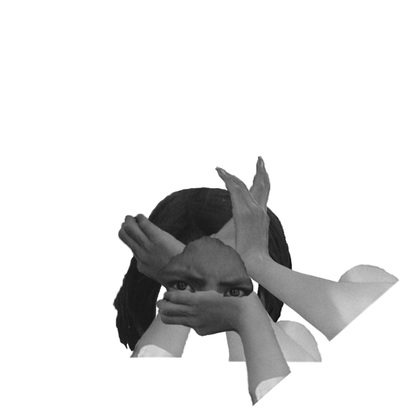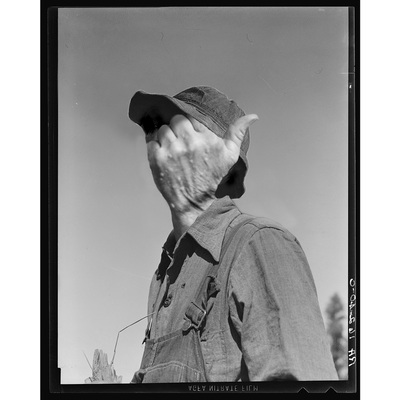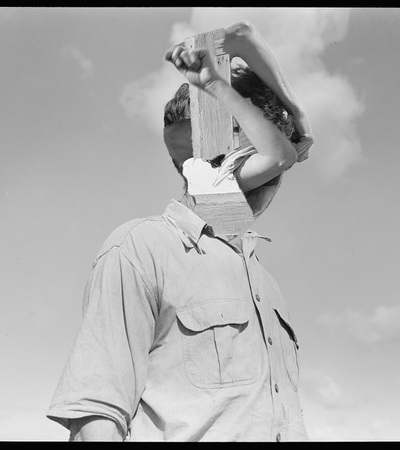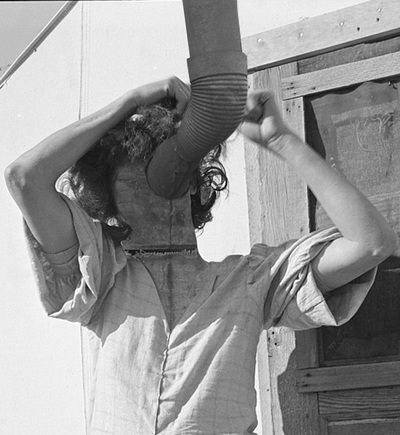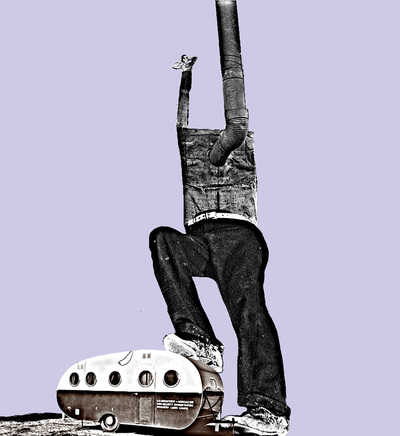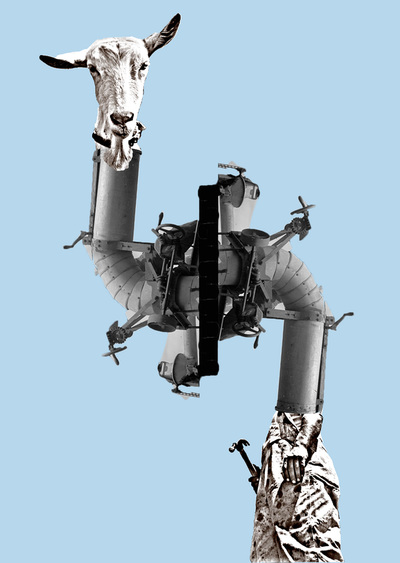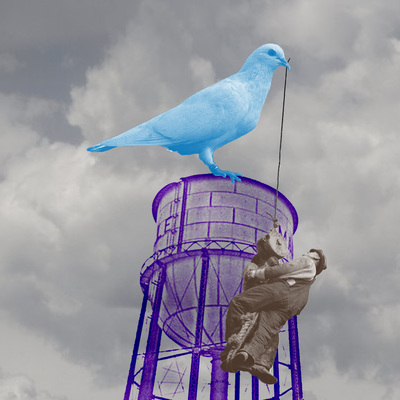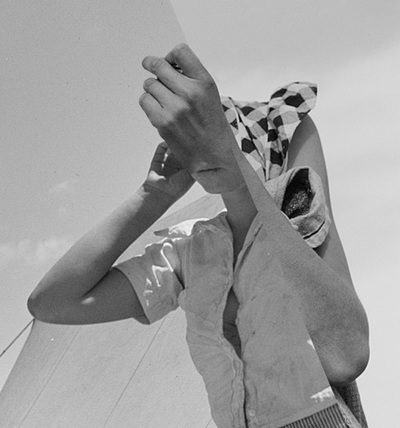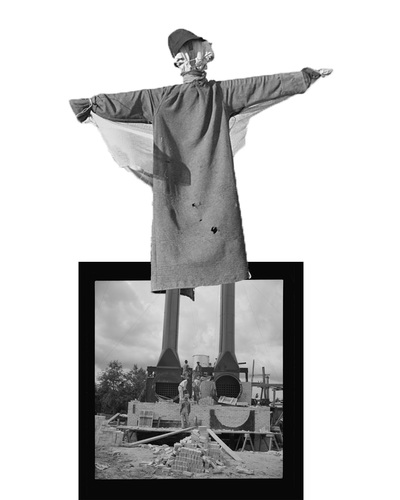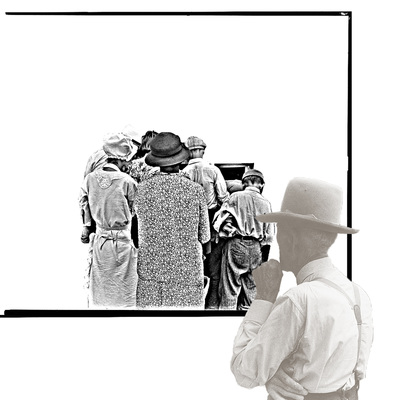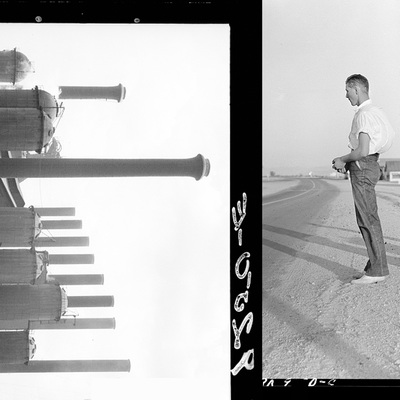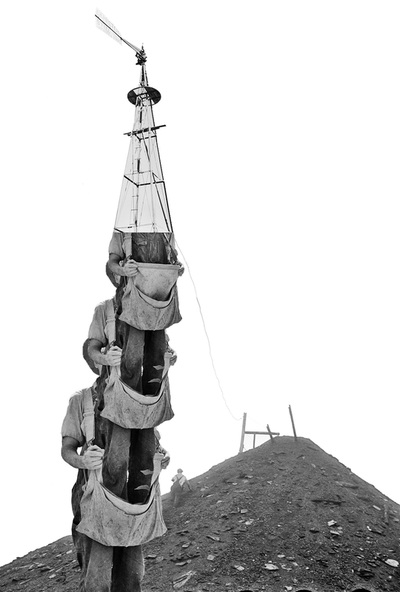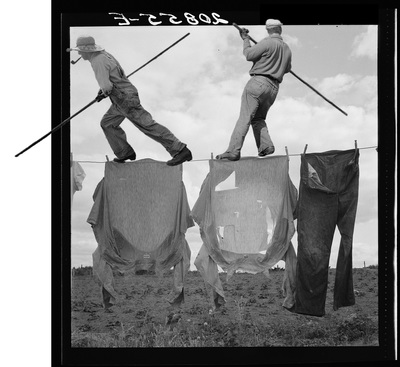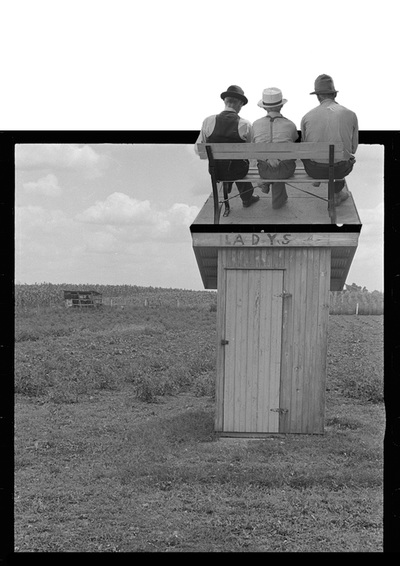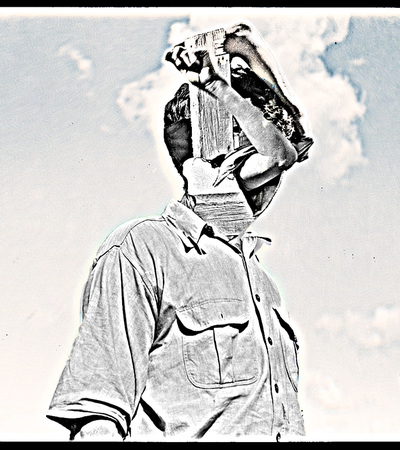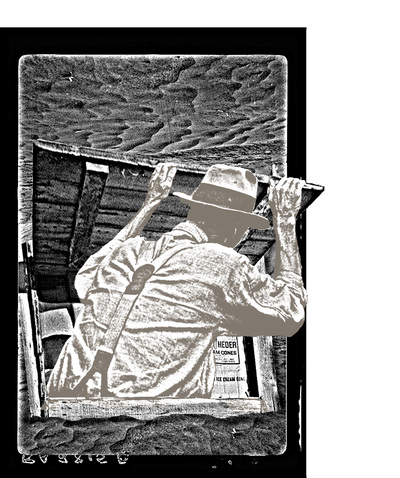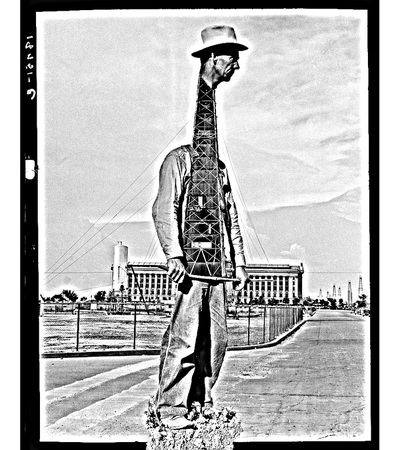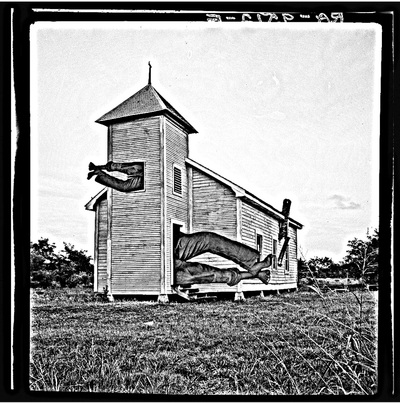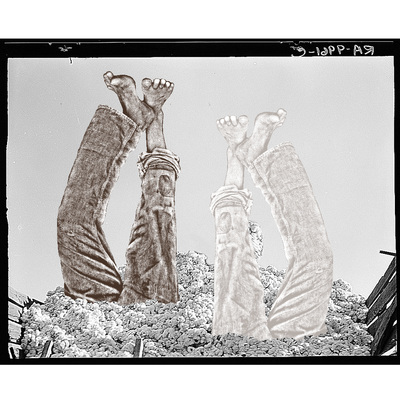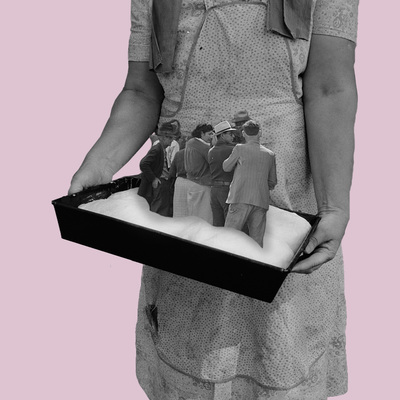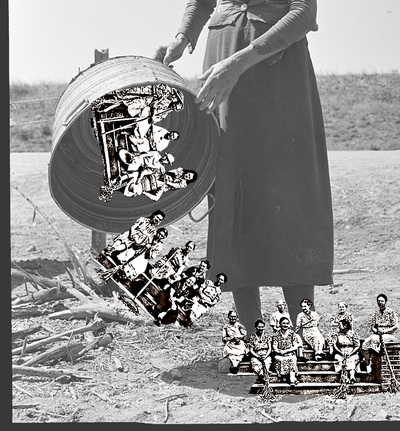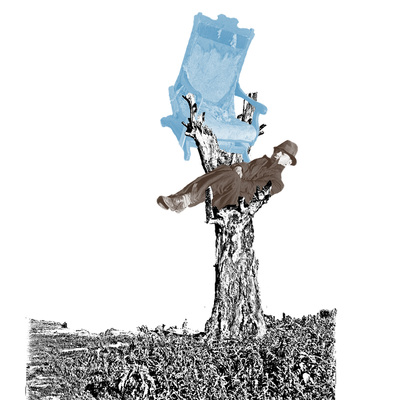Several years ago, I began to think about how the effects of the Great Recession on the U.S. might be portrayed visually. It occurred to me that there was no government-sponsored project to document American life as events were unfolding, as there was for the Great Depression in the 1930s. This led me to look at the pictorial record in the archives of the Library of Congress, specifically the photographs in the Farm Security Administration-Office of War Information (FSA-OWI) file. The collection comprises 175,000 black-and-white film negatives and transparencies, 107,000 black-and-white prints, and 1,610 color transparencies, and its scope encompasses a wide range of subjects, including rural and urban conditions, the lives of sharecroppers and agricultural migratory works, and mobilization efforts for WWII.
The FSA photographs are a tremendous source of inspiration and mystery to me, and I have pored over thousands of them. They were meant to provide "a kind of timeless life panorama" of Depression-era America, and have as much relevance today as they did when they were created; they deserve to be looked at with fresh eyes and imagination. In this series of prints, which are part of an ongoing remix project, I use elements from FSA photographs as starting points for digital collages; the resulting images are a kind of dialogue between the past and the present.
The FSA-OWI file itself can be considered a kind of collage. It assembles separate images taken by different photographers over the course of several years and in numerous locations into an overarching sociological narrative. Taken together, the images tell a story of America during the worst years of the Great Depression; taken individually, each photograph tells its own story. When we view the archive's photographs in sequences of our own making, we use it in a collage-like way, to create new stories and ways of imagining the world and to reexamine the interpretations of and our own assumptions about the original photographs.
The FSA photographs are a tremendous source of inspiration and mystery to me, and I have pored over thousands of them. They were meant to provide "a kind of timeless life panorama" of Depression-era America, and have as much relevance today as they did when they were created; they deserve to be looked at with fresh eyes and imagination. In this series of prints, which are part of an ongoing remix project, I use elements from FSA photographs as starting points for digital collages; the resulting images are a kind of dialogue between the past and the present.
The FSA-OWI file itself can be considered a kind of collage. It assembles separate images taken by different photographers over the course of several years and in numerous locations into an overarching sociological narrative. Taken together, the images tell a story of America during the worst years of the Great Depression; taken individually, each photograph tells its own story. When we view the archive's photographs in sequences of our own making, we use it in a collage-like way, to create new stories and ways of imagining the world and to reexamine the interpretations of and our own assumptions about the original photographs.
